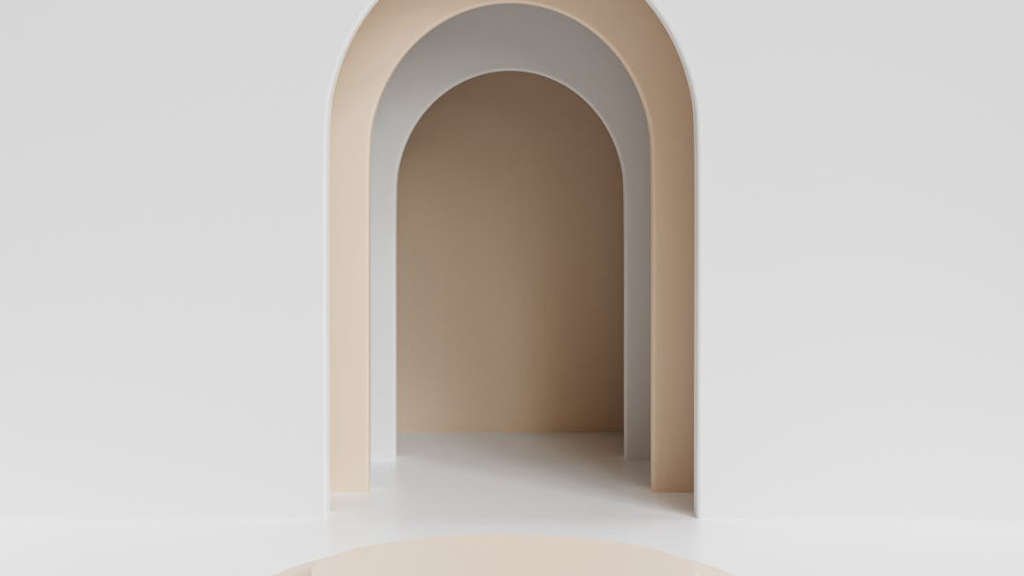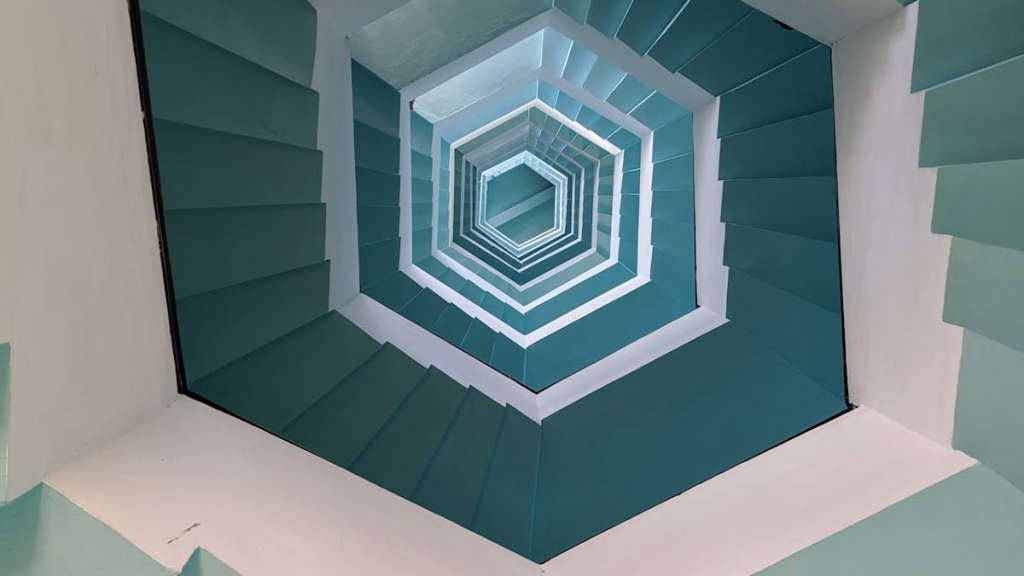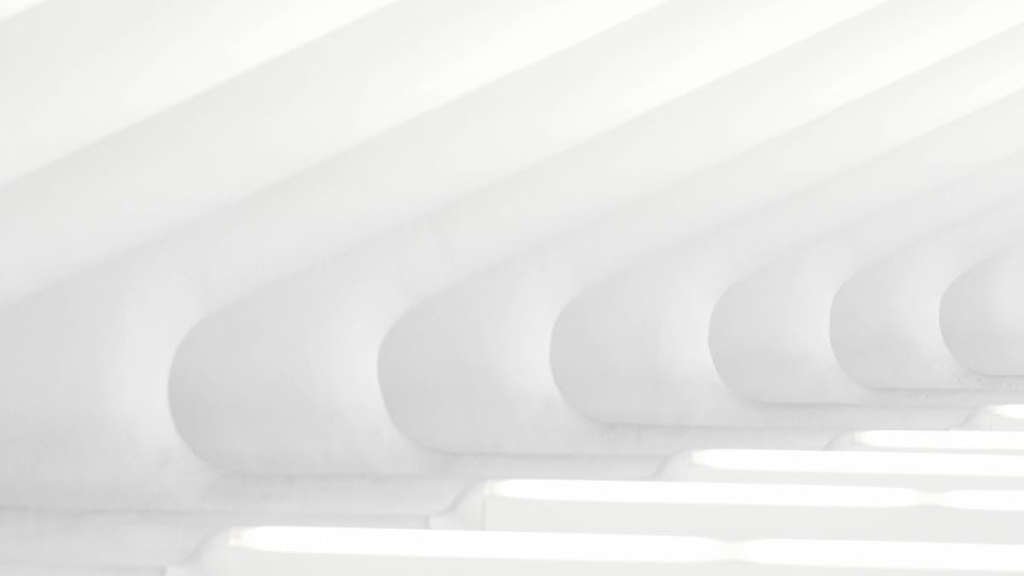
When it comes to interior design, sometimes less is more. Embracing simplicity in decor can bring a sense of calm and clarity to your living space. This minimalist approach focuses on clean lines, uncluttered spaces, and a limited color palette to create a sleek and modern look.
Main Points
- Minimalist interior design emphasizes simplicity and functionality.

The Essence of Minimalism in Interior Design
In interior design, minimalism is a design approach that is characterized by sleek and simple design elements. It focuses on creating a sense of calmness and serenity through clean lines, open spaces, and limited color palette. Here are some key principles of minimalist design:
Minimalist Design Principles
- Functionality: Minimalist design prioritizes the functionality of each element in the space. Every piece of furniture or decor serves a purpose.
- Clutter-Free: A minimalist space is free of clutter and unnecessary decorations. Everything in the room has a specific place and purpose.
- Neutral Colors: Minimalist design often incorporates a neutral color palette consisting of shades like white, beige, gray, and black. These colors create a sense of simplicity and elegance.
- Minimalist Furniture: Furniture in a minimalist space is sleek, simple, and without intricate details. It focuses on clean lines and functionality.
- Natural Light: Minimalist design takes advantage of natural light to create a bright and airy space. Large windows and strategically placed mirrors can enhance natural light in the room.
- Mindful Decor: Decor in a minimalist space is carefully curated and strategically placed. Each piece of decor adds to the overall aesthetic without overwhelming the space.
Embracing the essence of minimalism in interior design can transform a space into a serene and calming retreat. By incorporating minimalist design principles, you can create a space that is not only aesthetically pleasing but also functional and peaceful.

Creating Serenity: How Minimalist Design Influences Your Space
When it comes to creating a peaceful and calming environment in your home, minimalist design can play a major role. Minimalist design focuses on simplicity, clean lines, and a clutter-free space, all of which contribute to a sense of serenity and tranquility. By incorporating minimalist design principles into your living space, you can create a harmonious and relaxing atmosphere that promotes well-being and peace of mind.
The Benefits of Minimalist Design
Minimalist design has numerous benefits for your space, including:
| 1. Clutter-Free Environment | Minimalist design emphasizes the importance of decluttering and organizing your space, which can help reduce stress and promote a sense of calm. |
|---|---|
| 2. Enhanced Visual Appeal | Minimalist design focuses on clean lines, neutral colors, and simple furnishings, creating a visually appealing and soothing environment. |
| 3. Improved Mood and Productivity | A clutter-free and minimalist space can help improve your mood, reduce anxiety, and increase productivity by minimizing distractions. |
Implementing Minimalist Design in Your Home
To incorporate minimalist design into your space, consider the following tips:
Simplicity: Keep furnishings and decor minimal to create a clean and uncluttered look.
Functionality: Choose multi-functional pieces that serve a purpose and eliminate unnecessary items.
Organization: Maintain a clutter-free space by regularly decluttering and organizing your belongings.
By following these guidelines and embracing minimalist design principles, you can transform your living space into a serene and harmonious sanctuary that promotes peace and tranquility.

Maximizing Functionality: Practicality in Minimalist Interiors
In the world of interior design, minimalist styles have gained popularity in recent years for their clean lines, clutter-free spaces, and focus on functionality. Minimalist interiors prioritize simplicity and practicality, making them a great choice for those who value a streamlined and efficient living environment.
When it comes to designing a minimalist interior, it’s important to focus on maximizing functionality while still maintaining a sense of style. By keeping the design simple and uncluttered, you can create a space that not only looks great but also serves a purpose in your daily life.
Here are some tips for maximizing functionality in minimalist interiors:
1. Multifunctional Furniture: Opt for furniture pieces that serve more than one purpose, such as a coffee table with storage or a sofa that can also be used as a guest bed. This will help you make the most of limited space while still providing essential functionality.
2. Strategic Storage: Utilize clever storage solutions such as hidden cabinets, wall-mounted shelves, and under-bed drawers to keep your space organized and clutter-free. By having a designated place for everything, you can easily maintain a tidy and functional living space.
3. Quality over Quantity: In minimalist interiors, less is often more. Invest in high-quality, timeless pieces that are both functional and stylish. By choosing quality over quantity, you can create a space that is both practical and aesthetically pleasing for years to come.
By incorporating these tips into your minimalist interior design, you can create a space that is not only visually appealing but also highly functional and practical. Remember, it’s all about finding the perfect balance between simplicity and usefulness to achieve the ultimate minimalist design.
Incorporating Natural Elements into Minimalist Decor
Minimalist decor has gained popularity in recent years for its clean and simple aesthetic. However, incorporating natural elements into minimalist design can add warmth and depth to the space. Here are some tips on how to bring the outdoors in while maintaining a minimalist look:
1. Use Neutral Colors
When incorporating natural elements into minimalist decor, stick to a neutral color palette. Shades of white, beige, and gray can help create a calming and cohesive look. Add pops of color with natural elements like greenery or wooden accents.
2. Bring in Plants
Plants are a great way to add a touch of nature to your minimalist decor. Choose low-maintenance plants like succulents or snake plants to keep the space clutter-free. Place them in simple pots or hanging planters to maintain a minimalist aesthetic.
3. Opt for Organic Materials
Choose furniture and decor made from organic materials like wood, stone, or jute. These materials bring a sense of warmth and texture to a minimalist space. Opt for simple and natural finishes to keep the look clean and cohesive.
4. Embrace Natural Light
Maximize natural light in your space to create a sense of openness and airiness. Avoid heavy curtains or blinds that block light and opt for sheer fabrics or simple shades instead. Natural light can enhance the beauty of natural elements in your decor.
| Tip | Description |
|---|---|
| 1. Use Neutral Colors | Stick to a neutral color palette for a calming look. |
| 2. Bring in Plants | Choose low-maintenance plants for a clutter-free space. |
| 3. Opt for Organic Materials | Select furniture made from organic materials for warmth. |
By incorporating natural elements into your minimalist decor, you can create a harmonious and inviting space that brings a touch of the outdoors inside. Remember to keep the look simple and cohesive to maintain the minimalist aesthetic.
Minimalist Color Palettes: Elevating Your Living Environment
Minimalist color palettes have the power to transform your living space into a serene and sophisticated environment. By opting for a limited color scheme that focuses on simplicity and elegance, you can create a harmonious atmosphere that promotes tranquility and clarity.
Neutral tones such as whites, grays, and beiges are key elements in minimalist color palettes. These subtle hues provide a versatile backdrop that can be easily paired with different textures and materials to create a cohesive look. By using minimalist colors as a foundation, you can experiment with accent pieces and artwork to add personality and character to your space.
The Benefits of Minimalist Color Palettes
One of the main advantages of minimalist color palettes is their ability to make a room feel spacious and uncluttered. Light colors reflect natural light and create an airy feel, making even small rooms appear larger. Additionally, minimalist colors have a calming effect on the mind, helping to reduce stress and promote a sense of well-being.
Another benefit of minimalist color palettes is their timeless appeal. By sticking to a simple and timeless color scheme, you can ensure that your living space will never go out of style. This allows you to invest in quality furniture and decor pieces that will stand the test of time, saving you money in the long run.
In conclusion, embracing a minimalist color palette can elevate your living environment and create a sense of peace and harmony. By choosing neutral tones and focusing on simplicity, you can design a space that is both stylish and timeless. So why not give minimalist color palettes a try and see the transformative power they can have on your home?
Sustainable Living: Eco-Friendly Practices in Minimalism
Living a sustainable life is becoming increasingly important in today’s world. With the growing concern for the environment, many people are turning to eco-friendly practices to reduce their carbon footprint. One way to achieve this is through minimalism, a lifestyle that focuses on living with less and being more mindful of consumption.
The Benefits of Minimalism in Sustainable Living
Minimalism promotes a simpler way of life by decluttering your space and focusing on what truly matters. By reducing the amount of stuff we own, we can reduce our environmental impact. Less consumption means less waste and ultimately, a healthier planet.
Practical Eco-Friendly Tips for Minimalists
| Tip | Description |
|---|---|
| 1. Reduce Paper Waste | Opt for digital receipts and documents to minimize paper usage. |
| 2. Choose Sustainable Materials | Look for products made from recyclable or biodegradable materials. |
| 3. Embrace Second-Hand Shopping | Buy gently used items to reduce demand for new production. |
Minimalism is not about having less. It’s about making room for what truly matters.
Personalization Through Simplicity: Customizing Minimalist Spaces
Creating a personalized space that reflects your unique style and personality doesn’t have to be complicated. In fact, simplicity is often the key to achieving a truly customized look in your home. By embracing minimalist design principles, you can create a space that is both stylish and personalized to your taste.
Here are some tips for customizing minimalist spaces:
- Declutter: Start by decluttering your space and getting rid of any items that don’t serve a purpose or bring you joy. A minimalist space is clean, uncluttered, and focused on the essentials.
- Focus on Functionality: Choose furniture and decor pieces that are both stylish and functional. Opt for multi-purpose furniture and storage solutions to make the most of your space.
- Add Personal Touches: While minimalist spaces are often characterized by clean lines and neutral colors, don’t be afraid to add personal touches that reflect your personality. Consider incorporating favorite artwork, photos, or decor pieces that have special meaning to you.
By combining simplicity with personalization, you can create a minimalist space that is truly your own. Embrace a less-is-more approach and focus on the elements that bring you joy and comfort in your home.
Conclusion
In conclusion, embracing the concept of ‘undefined’ in interior design allows for a sense of freedom and flexibility that can result in a truly unique and personalized space. By incorporating elements of minimalism, such as clean lines, neutral colors, and clutter-free environments, one can achieve a sense of balance and tranquility in their living space. The minimalist interior design trend continues to gain popularity for its simplicity and versatility, offering a refreshing change from traditional, defined styles.
Frequently Asked Questions
What is minimalist interior design?
Minimalist interior design is a design style characterized by simplicity, clean lines, and a clutter-free environment.
How do I create a minimalist interior?
To create a minimalist interior, focus on decluttering, using a neutral color palette, incorporating functional furniture, and emphasizing on simplicity.
What are the key elements of minimalist interior design?
Key elements of minimalist interior design include minimal furniture, clean spaces, simple decorations, and a focus on functionality over aesthetics.
Why choose minimalist interior design?
Minimalist interior design can help create a sense of calm, promote better focus and productivity, and make spaces feel more organized and spacious.
How do I add warmth to a minimalist interior?
You can add warmth to a minimalist interior by incorporating texture through materials like wood and textiles, using soft lighting, and adding a few carefully chosen decorative elements.
